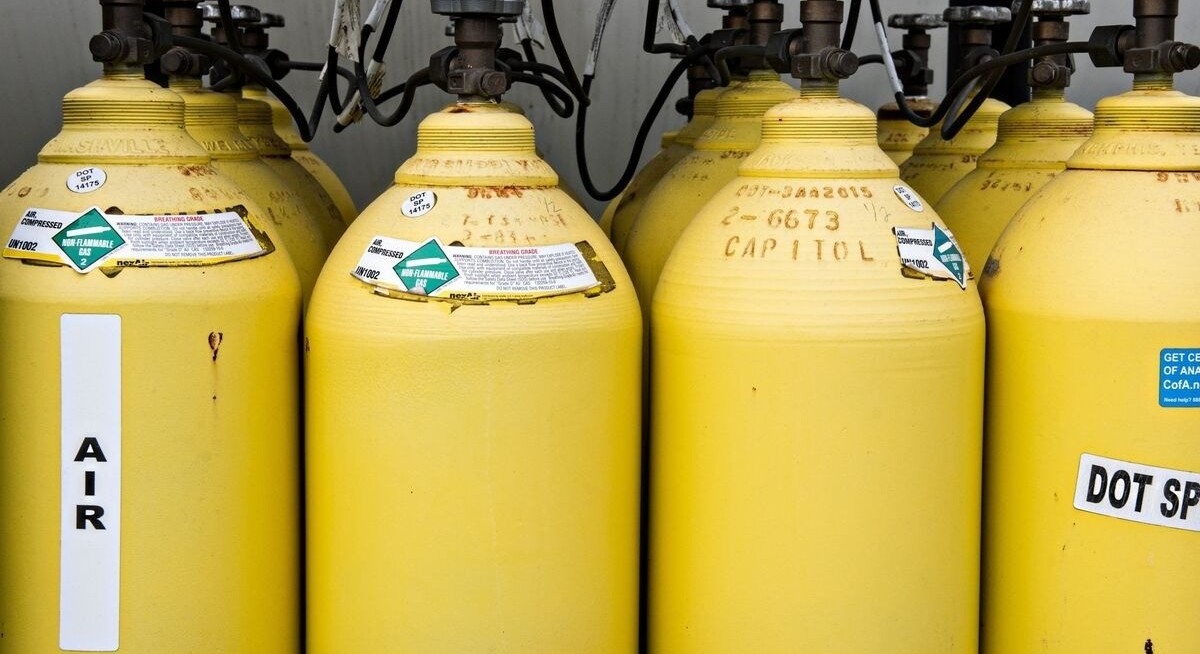(Nov 17): China is ramping up green hydrogen capacity after Beijing signalled its continued support for a sector that has struggled despite its central role in decarbonising emissions-heavy industries.
A unit of China Coal Energy Co on Friday (Nov 14) received approval from Inner Mongolia’s regulator to build a 5.2 billion yuan project to produce about 90,000 tonnes of green hydrogen a year, according to local media. Last month, officials in Hebei broke ground on a 13.5 billion yuan, 1,000 km pipeline that will send over 1.5 million tonnes a year of the fuel from the clean energy hub of Zhangjiakou to the steelmaking city of Tangshan.
The developments are arriving as Chinese interest surges in the technology, which uses electricity from renewables to deliver hydrogen from water. The success of the sector is viewed as critical to cleaning up industries like steel and chemicals. But it’s struggled to gain footing in much of the world because of stubbornly high costs, with energy majors such as BP plc withdrawing from multibillion-dollar projects in Australia and elsewhere.
China’s government has remained supportive, though. It has backed the tech with several pilot projects this year and last month opened the sector to carbon credits to help with funding. Beijing has also singled out hydrogen energy as one of the sectors it plans to support in its next five-year plan covering 2026-2030.
Chinese energy firms have responded by launching more than 500 hydrogen projects in 2025 alone, totalling 221 billion yuan in investment and utilising nearly 18GW of power, according to a report this month from industry publication Qingnenghui.
Demand is still lagging the acceleration in investment, however. From the 44,000 tonnes of hydrogen production brought online last year, output only rose by 11,000 tonnes, indicating that many projects are operating at only a fraction of their full capacity, according to BloombergNEF.
See also: China shoppers are choosing local luxury over LVMH, Gucci
Still, BNEF expects green hydrogen capacity in China to reach 1.2 million tonnes by 2030, up from 125,000 tonnes at the end of 2024, driven by demand for green fuels and power for the oil refining and coal-to-chemicals industries.
Uploaded by Arion Yeow




